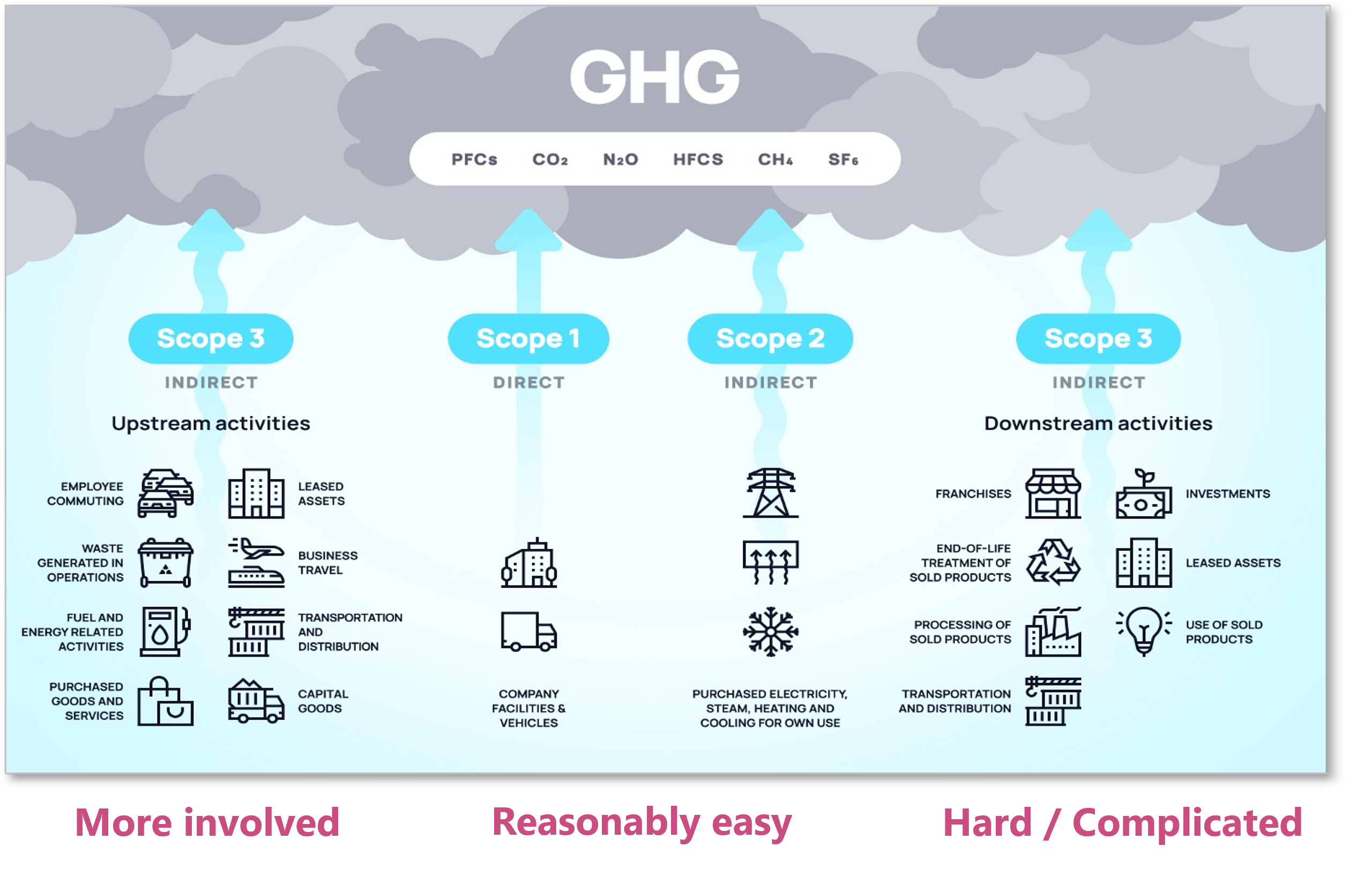You’ve probably heard the term “carbon footprint” in relation to climate change, but for a business owner, it’s more than just an environmental buzzword—it’s a critical metric for sustainability and operational efficiency.
So, what exactly is a business carbon footprint? It’s a way of estimating the total amount of greenhouse gases, primarily carbon dioxide, that are emitted into the atmosphere as a direct result of your company’s activities. This isn’t just about the energy you use to power your office or factory. It’s a comprehensive look at your entire value chain.
Think about all the processes involved in your business:
- Direct Emissions: The fuel used for your company vehicles or on-site generators.
- Indirect Emissions: The electricity and heating you purchase for your buildings.
- Value Chain Emissions: Everything from the production of the raw materials you source to the transportation of your products to customers, the use of your products (by the customer) and the waste generated by your operations.
Understanding and measuring your company’s carbon footprint is the first step toward reducing it. By identifying the largest sources of emissions, you can make strategic decisions that not only benefit the planet but also improve your bottom line through increased efficiency and reduced costs. It also enhances your brand reputation with increasingly eco-conscious consumers and can open doors to new business opportunities.
In today’s market, a low-carbon footprint is becoming a competitive advantage. It demonstrates a commitment to responsible business practices and positions your company for a more sustainable future.

Follow me on Linked In to keep up to date and sign up to my newsletter for tops tips and insightful sustainable innovations.

Recent Comments